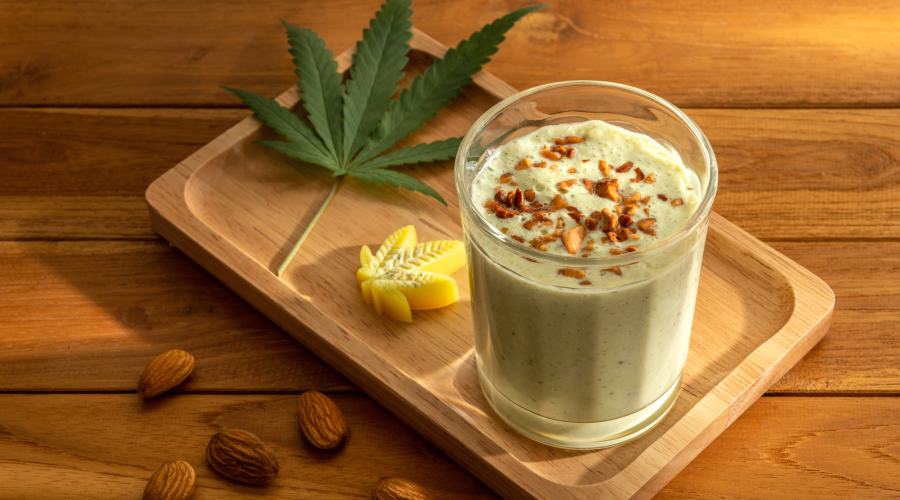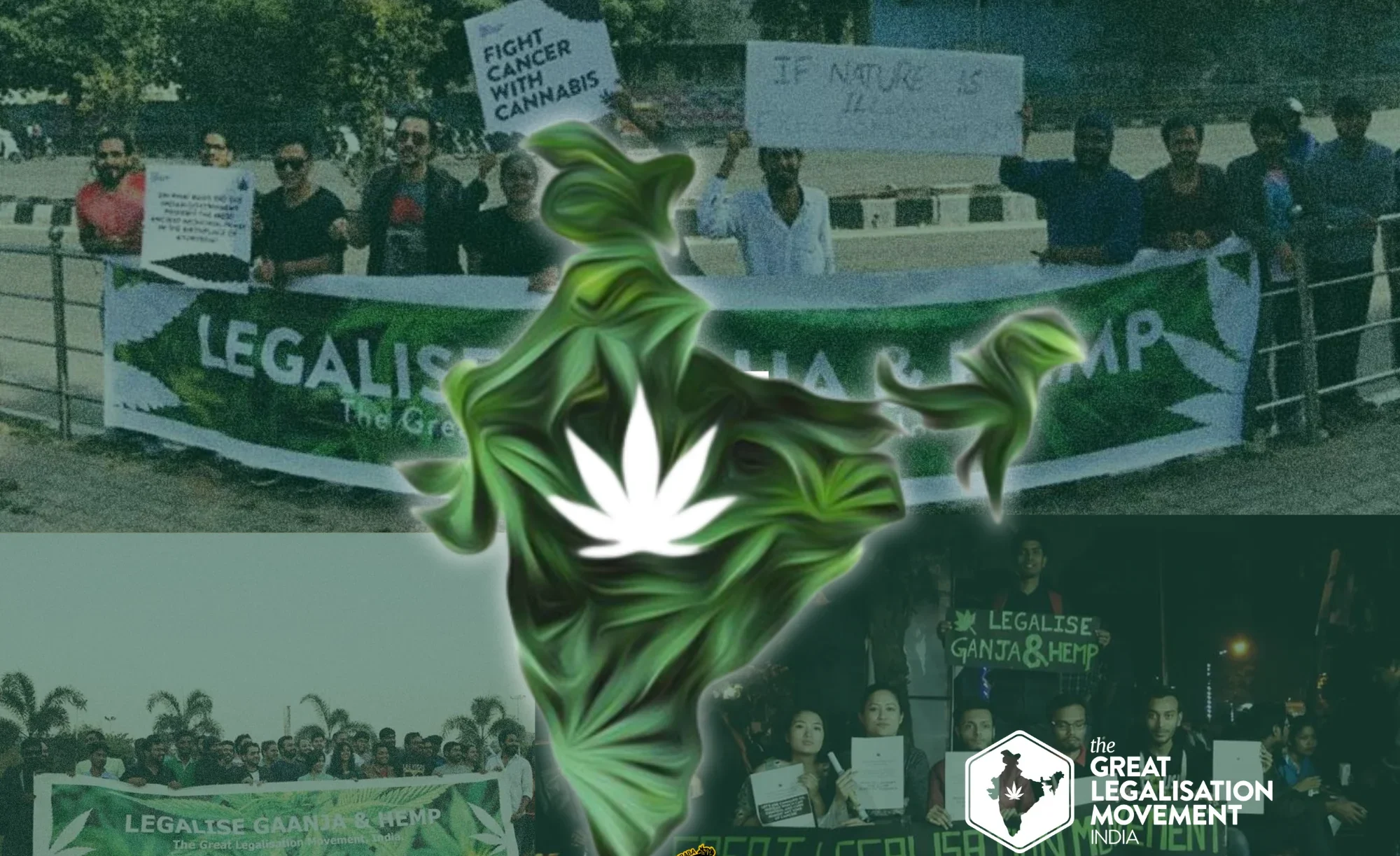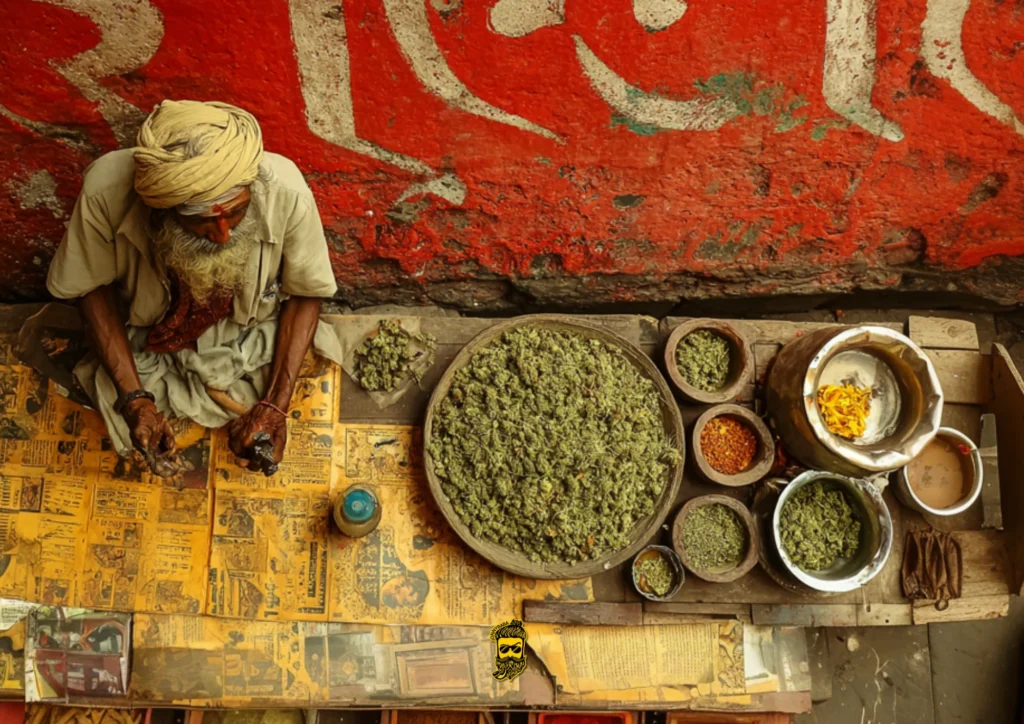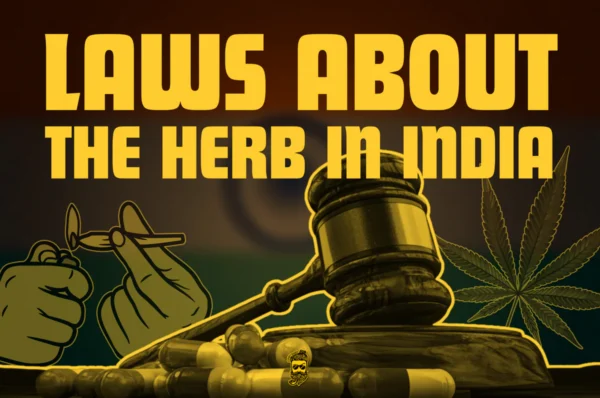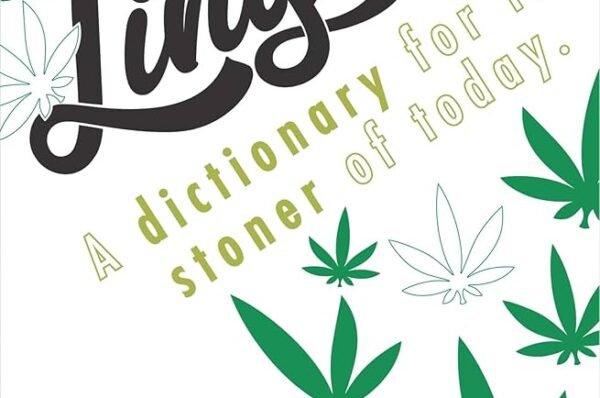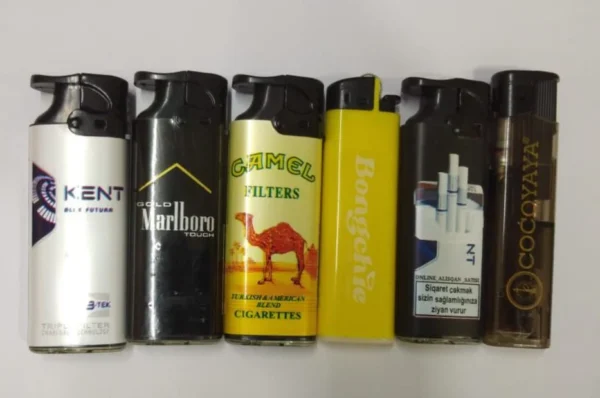Laws About the Herb in India India has a deep and complex relationship with the…
Laws About the Herb in India
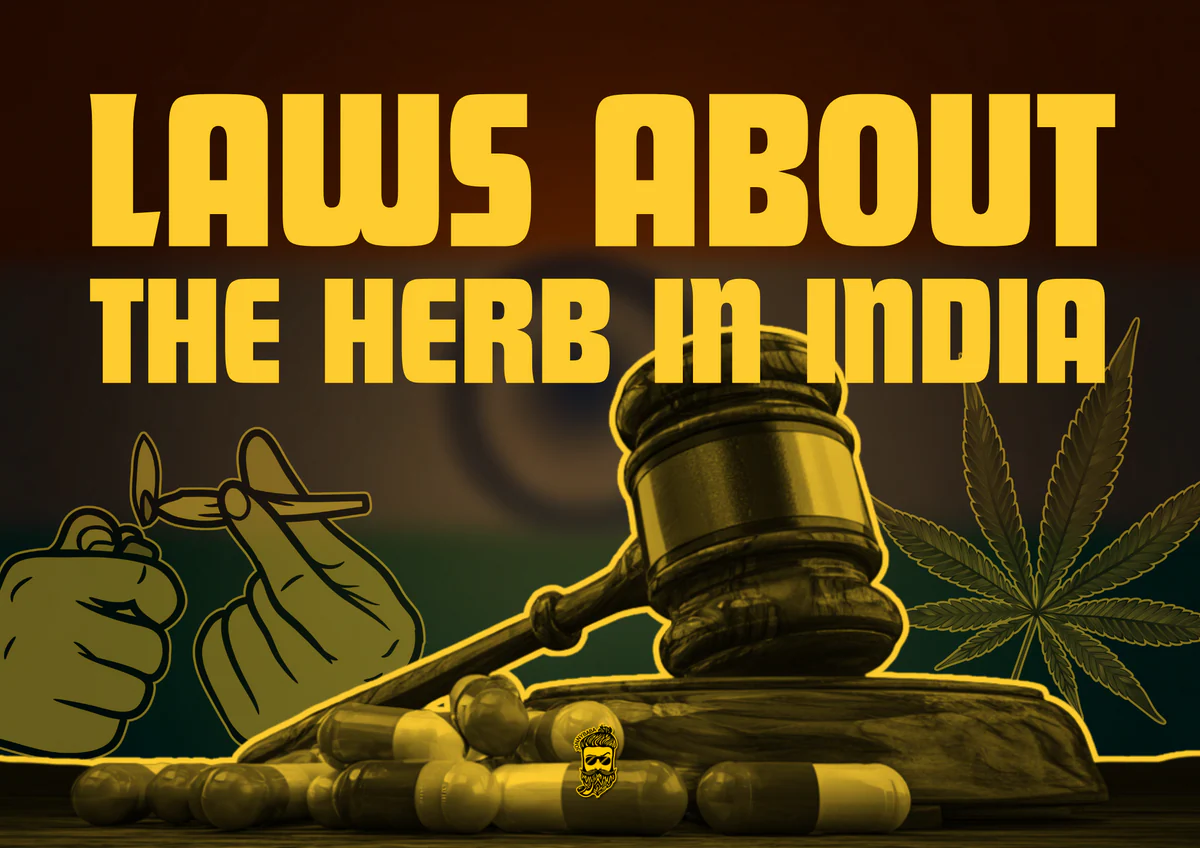
India has a deep and complex relationship with the herb, one that dates back thousands of years. Historical texts and cultural practices suggest that it was consumed in different forms as early as 2000 BCE. From festive bhang lassi during Holi to spiritual rituals dedicated to Lord Shiva, the herb has always had a cultural and religious presence in the subcontinent.
Traditional Use of Bhang
Bhang, prepared from the seeds and leaves of the plant, has been legally consumed in India for centuries. Drinks like bhang thandai and bhang lassi remain common, especially during religious celebrations. Unlike the more restricted parts of the plant such as the resin or the flower, bhang has retained a degree of legality.
Usage Statistics in Modern India
According to a UN report in 2000, around 3.2% of India’s population had used cannabis products. A later study by AIIMS in 2019 revealed that nearly 7.2 million Indians consumed it in that year alone. However, most of this consumption exists in a legal grey area or is outright prohibited.
The Early Attempts to Regulate (1838, 1871, and 1877)
During British rule, multiple discussions took place about banning the herb. While regulations were debated, enforcement remained inconsistent, reflecting both colonial anxieties and India’s traditional acceptance of its use.
The Single Convention on Narcotic Drugs, 1961
This international treaty classified cannabis as a narcotic drug. Interestingly, India opposed the move, citing cultural and religious traditions. A compromise was reached: India agreed to restrict exports of hemp but retained exemptions for bhang. Since bhang was excluded from the treaty’s definition, its use during festivals like Holi continued legally.
The NDPS Act of 1985
The Narcotic Drugs and Psychotropic Substances Act (NDPS Act) defined cannabis strictly as the flower or resin of the plant, thereby banning ganja and charas. However, it left bhang out of the definition, allowing states to regulate its sale and consumption.
At the same time, the law made clear distinctions:
Resin (charas) and flower (ganja) were prohibited.
Leaves and seeds (bhang) could be used with state regulation.
Smoking accessories such as rolling papers, lighters, and pipes remained completely legal.
Cultivation and Industrial Use
Cultivating cannabis for industrial purposes, such as hemp production, is permitted under regulation. The Indian government encourages controlled farming of low-THC hemp for products like biomass, textiles, and oils. However, private cultivation without a license remains illegal.
Regional Laws and State Variations
Different Indian states have their own stance:
Assam: Under the Assam Ganja and Bhang Prohibition Act (1958), both bhang and ganja are banned.
Maharashtra: The Bombay Prohibition Act (1958) restricts bhang unless licensed.
Gujarat: In 2017, bhang was legalized, acknowledging its religious and cultural importance. The government emphasized that bhang is less intoxicating than ganja.
The Changing Tide
In recent years, attitudes have started to shift.
In 2020, HempCann Solutions launched India’s first legal medical cannabis clinic in Bengaluru, offering oils and tablets.
The Great Legalisation Movement (GLM) India, founded in 2014, continues to campaign for medical and industrial legalization.
States like Himachal Pradesh and Tripura have considered controlled cultivation to boost local economies.
Legal Penalties
Despite cultural acceptance, the law still imposes strict penalties under the NDPS Act:
Small quantity (up to 1 kg of ganja): Up to 1 year imprisonment or ₹10,000 fine.
More than small but less than commercial: Up to 10 years imprisonment and fine up to ₹1 lakh.
Commercial quantity (20 kg or more): 10–20 years imprisonment and fine between ₹1–2 lakh.
Conclusion
While bhang remains a legal exception, possession or trade of cannabis flowers and resin is still a punishable offense in India. The country finds itself at a crossroads—caught between its ancient traditions and modern global reform movements. With growing advocacy, shifting public opinion, and government-backed research into medical and industrial hemp, the future of cannabis in India may yet see a transformation.
Recent post
Chillums in India: History, Culture & Legal Status
Chillums in India: History, Culture & Legal Status Chillums are one of the oldest and…
Blazy Susan Deluxe Rolling Kit – Pink: Your Pocket-Sized Rolling Station
Blazy Susan Deluxe Rolling Kit – Pink: Your Pocket-Sized Rolling Station Looking for a sleek,…
Indian Stoner Lingo: The Ultimate Desi Dictionary
Indian Stoner Lingo: The Ultimate Desi Dictionary If you’ve ever sat in a smoky room…
Clipper Gas Refills in India: Keep Your Lighters Blazing
Clipper Gas Refills in India: Keep Your Lighters Blazing Why Every Stoner Needs a Reliable…
Why Every Indian Stoner Needs a Glass Martini Bowl Shooter
Why Every Indian Stoner Needs a Glass Martini Bowl Shooter Level Up Your Bong Hits…
Lighters & Refills in India: Why Every Smoker Needs the Right Flame
Lighters & Refills in India: Why Every Smoker Needs the Right Flame Lighting Up the…
Grindtainer: The 2-in-1 Solution Every Indian Stoner Needs
Grindtainer: The 2-in-1 Solution Every Indian Stoner Needs Introduction: Meet the Grindtainer Every seasoned smoker…

